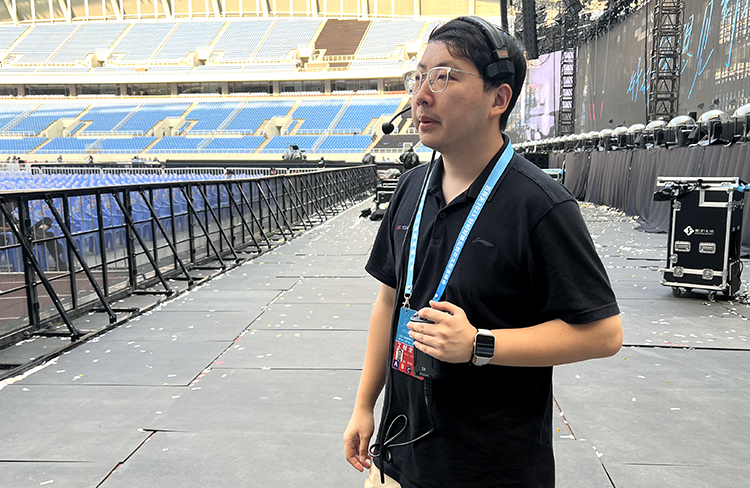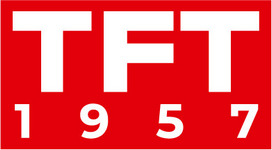
Riedel Communications has announced that its Bolero 2.4-gigahertz (GHz) wireless intercom system has been used for the first time in a large-scale live event in China.
During concerts for a popular Taiwanese band, held at Shenzhen Universiade Center Stadium in Guangdong July 7-9 and Shenyang Olympic Sports Center Stadium July 14-17, Riedel distributor Jiangsu R&J Electronic Co. rented out the Bolero system to provide high-quality audio, ensure easy setup and deployment, and guarantee high-quality and high-coverage radio frequencies for the production house. This event demonstrated how Bolero 2.4 GHz can be used efficiently in a large-scale environment without being affected by other wireless devices on the same frequency in the same environment.
“We’ve been a Riedel distributor for over five years, and we could not imagine recommending another company’s solutions for this occasion,” said R&J General Manager Zhu Rongjun. “Their cutting-edge Bolero system has enhanced communication infrastructures all over the world. We took great pride in delivering this seamless solution and watching it elevate the production experience for both the artist and audiences alike.”
Working in a stadium with a capacity of 50,000 spectators, the concert’s director and crew in charge of lighting, sound, and video needed to communicate seamlessly throughout the venue. Although there were many wireless devices in the environment, such as cameras and high-power Wi-Fi hotspot devices, the Bolero 2.4-GHz wireless beltpacks used by the production team provided high-quality audio and reliable communications, overcoming the issue of wireless co-frequency interference.
Additionally, the production house had successfully achieved integration between wired and wireless intercom systems by connecting Bolero to its Artist intercom via Riedel’s NSA-002 network stream adapter. This integration reduced costs by limiting the number of antennas needed, and it enabled operators to work in both integrated and stand-alone modes with greater flexibility. The outside broadcast team used a MediorNet MicroN high-density signal interface to run frame sync and video signal distribution while also combining all their broadcasting video tools in one RU, significantly reducing rack space.









